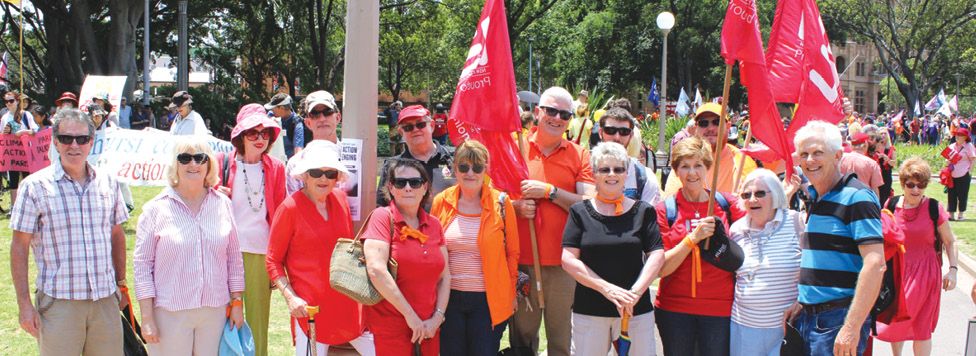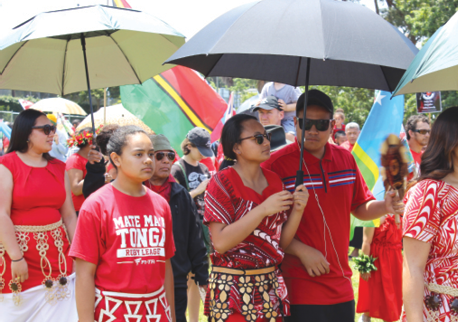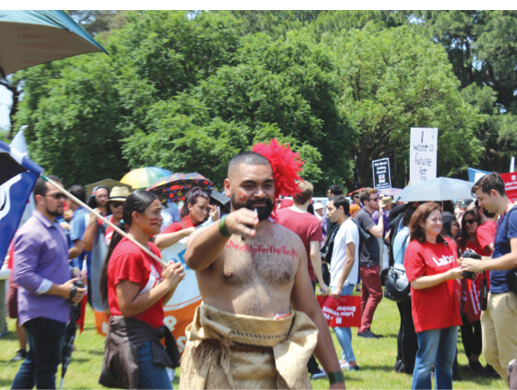Across the globe, more than 785,000 people in 175 countries showed their support for action at more than 2,300 organised events in late November.
The show of strength certainly had an effect because on 12 December 2015, Laurent Fabius, France’s Foreign Minister and head of the 21st Conference of the Parties of the United Nations Framework Convention on Climate Change declared that the Paris Agreement had been adopted by consensus of the parties at the conference. It will come into effect in 2020.
The aim of the agreement is to ensure that the increase in the global average temperature is held to well below two degrees Celsius above pre industrial levels. This would “significantly reduce the risks and impacts of change” (UNFCCC 2015).
In addition, the agreement seeks to increase the ability of countries to adapt to climate change, but in a way that does not mean there will be a loss of food production.
Finally, the agreement also seeks to change the flow of global finances in order to create pathways towards low greenhouse gas emissions.
Fabius described the agreement as an historic turning point as well as being ambitious and balanced.
Federal Foreign Minister Julie Bishop agreed on the historic nature of the agreement but reportedly said it would be difficult for Australia to ramp up its climate efforts and “we have to get that balance right between environmental and economic outcomes”. (SMH 2015).





































































































































